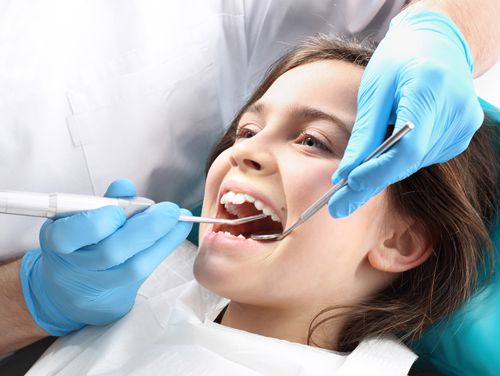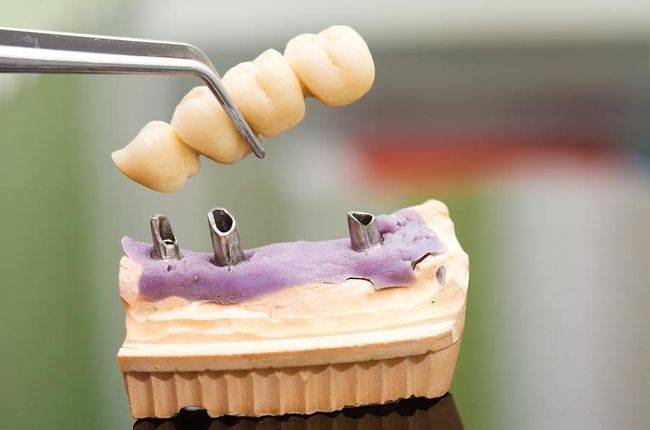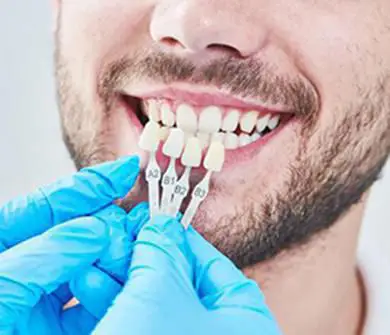Root Canal Therapy
Root canals are the natural “pipeline” within the teeth. These physical tunnels house the pulp of
your tooth- nerve tissues, blood vessels, and other cellular entities. This pulp is often infected
or inflamed due to cavities, cracks, bacterial growth, and gum diseases. Root canal therapy
(RCT) treats the infected pulp chamber and subsequently cleans, shapes, and decontaminates
the tunnels.
When do you require a RCT?
You may require a root canal therapy if you have any of the
following conditions.
- Tenderness to chewing and touch.
- Drainage and tenderness in the lymph nodes.
- Swelling and tenderness in the gums.
- Sensitivity towards hot and cold foods.
- Discolored tooth.
This endodontic procedure may be completed in a single sitting or
may require multiple visits to the dentist.
1. Diagnosis
The affected dental pulp is closely diagnosed for swelling,
fractures, and tenderness. Your dentist will use palpation,
percussion, and radiographs to localize the tooth.
2. Local Anesthesia
Local anesthesia is used to numb the area. The treatment begins
only after the area is completely numb.
3. Dental Dam
A rubber sheet, known as the dental dam, is used to isolate the
affected tooth. It keeps the tooth dry and bacteria free.
4. Pulp Removal
An access hole is drilled in your teeth to reach the root canal.
The debris and the decayed nerve tissues are removed using sodium
hypochlorite.
5. Canal Cleaning
The canal is then disinfected using irrigation solutions. Your
dentist uses special files to shape and prepare the hollow space
for the filling material.
6. Canal Filling
The tooth is then filled with inert fillings such as gutta percha
and is bound using an adhesive cement. The inert filling protects
the tooth from infections and contamination.
7. Crown Placement
The tooth is then restored to its original form by placing a crown
on top. The crown protects the tooth from breaking and helps the
tooth regain its full functionality.
RCT Aftercare
- Don’t consume any foods directly after the RCT. The treated area is numb and you might end up biting your tongue.
- Avoid chewing on crunchy foods to prevent the crown from breaking.
- Maintain a good oral hygiene. Brush and floss regularly to avoid abscess formation in the treated area.
- Take the prescribed antibiotics to avoid infections.
- Visit your dentist every six months.





